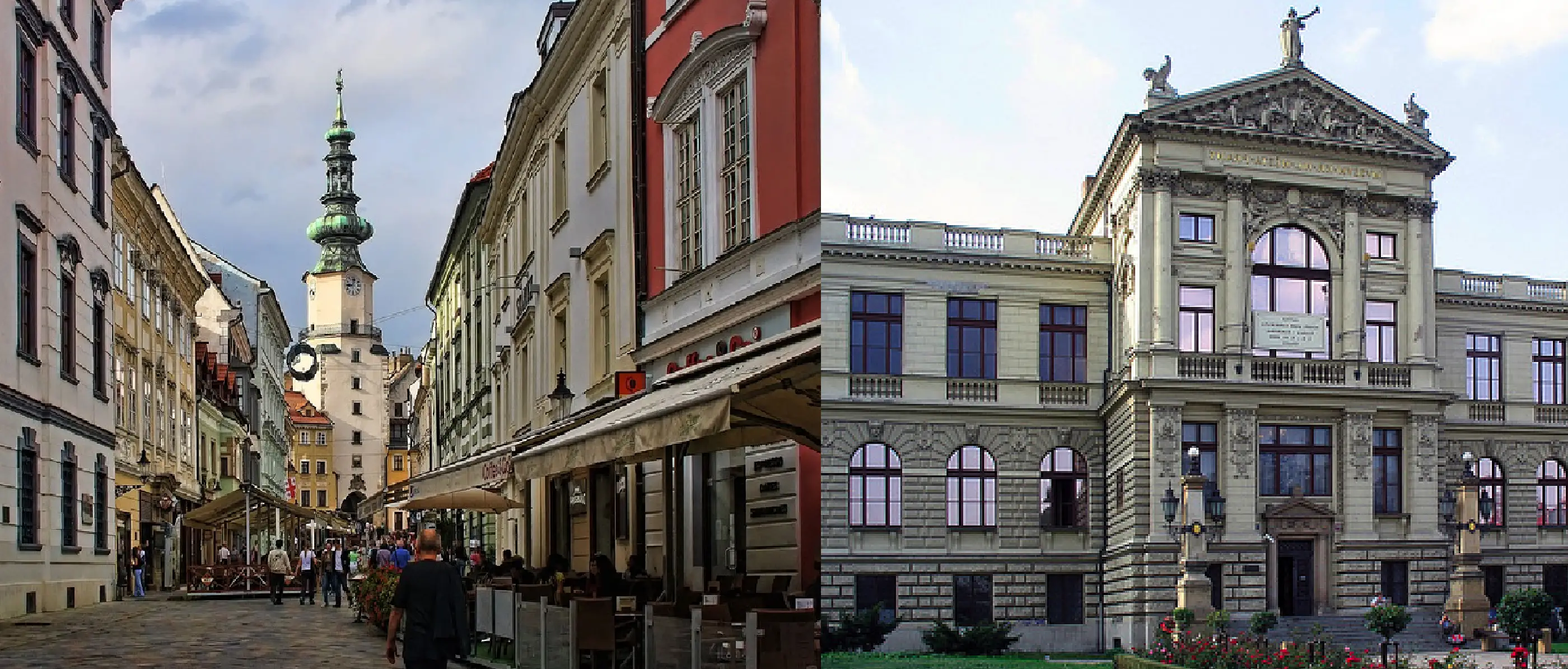
Bratislava and Prague. Photos via Google Royalty Free Images
One of the most puzzling developments in the saga of genetically engineered crops is the difference in how they are treated in the United States versus the rest of the world.
In the U.S., where Monsanto’s headquarters continues to remain in the St. Louis, Missouri area and genetically modified corn is king, the technology has been allowed to spread at farms across the country, although the growing organic and non-GMO movements are putting in a major dent in that paradigm.
Across the pond in Europe, however, nearly 20 countries recently announced some sort of ban on the cultivation of genetically engineered (also known as GMO) crops, and member countries in the EU nearly banned Monsanto’s controversial glyphosate chemical after a 9 to 1 vote in favor of the ban that fell short of the unanimous number of voters needed.
Now, with the future of genetically engineered crops and glyphosate still up in the air, two more European nations have officially announced a new milestone —their farmers have not grown a single hectare of genetically modified maize in 2017.
No GMO in 2017 for Czech Republic and Slovakia
As first reported by the website InfoGM.com, not a single hectare of GMO maize was sown in the Cech Republic and in Slovakia, while a total drop of 4.3% was recorded among all EU countries in terms of GM crop acreage for the year.
Genetically modified maize (corn) is the only GM crop currently allowed to be grown in the European Union, and only four countries grew any amount of it in 2016: Spain, Portugal, the Czech Republic and Slovakia, according to the report.
But as noted by InfoGM, two of those countries have officially “opted out” of Monsanto’s GMO experiment, as confirmed by Slovakia and the Czech Republic’s Agriculture Ministries.
GMO Still Present in Europe Despite Bans
While it is noteworthy that most of Europe still doesn’t grow GMOs in large part due to consumer rejection and environmental concerns with cross contamination and damage to biodiversity, the continent does allow some imported GM food. Animal feed comprised of Roundup Ready GMO soy is one of the biggest sources despite a public outcry against this practice.
Despite this, European countries are almost entirely GMO-free, which proponents of GMO free agriculture say may be one of the biggest reasons why tourists from the United States report the mysterious disappearance of symptoms such as stomach pains and food sensitivities while eating overseas.
They point out warnings by the FDA’s own scientists that GMO ingredients may potentially cause increased food allergies and other toxic effects.
“Numerous agency experts protested that drafts of the statement of policy were ignoring the recognized potential for genetic engineering to produce unexpected toxins and allergens,”said Steven Druker, J.D., author of the GMO whistleblower book ‘Altered Genes, Twisted Truth’ according to the Organic & Non-GMO Report. “But the policy was put into effect despite their scientific judgment that no GM foods can be presumed safe.”
Drop in GMO Maize Higher Than Drop in Total Maize Cultivation
According to this report from the website GMWatch.org, the drop in transgenic (GMO) maize is higher than the drop in total maize cultivation area in the EU, by a total of 4.3% to 1.3%.
While corn cultivation is down in general, it looks as if GMO corn is the “biggest loser” in the ongoing farm wars in Europe.
That being said, Monsanto and company are still chomping at the bit to get into these and other markets (including through a potential backdoor in the Ukraine) and have continued to defend their controversial weedkiller Roundup, whose active ingredient glyphosate was declared a “probable human carcinogen” by the World Health Organization’s International Agency for Research on Cancer. Monsanto insists it is safe based on government health proclamations, but critics point to scandals including the ghostwriting of editorials and research by the company as evidence that the system for testing these crops and chemicals is not exactly fair and balanced.
For now, Monsanto will maintain a presence in Europe. But if the decisions of these two countries are any indication (along with the recent near-abandonment of glyphosate by the EU), the company’s days on the continent may be numbered, in stark contrast to what’s happening back in their home country.
Thanks for installing the Bottom of every post plugin by Corey Salzano. Contact me if you need custom WordPress plugins or website design.




